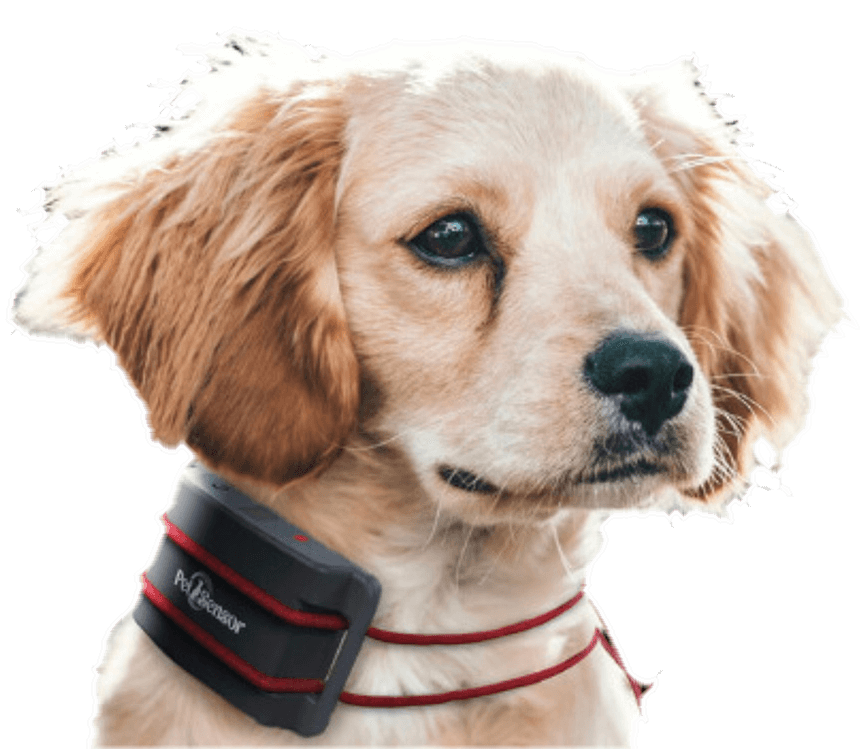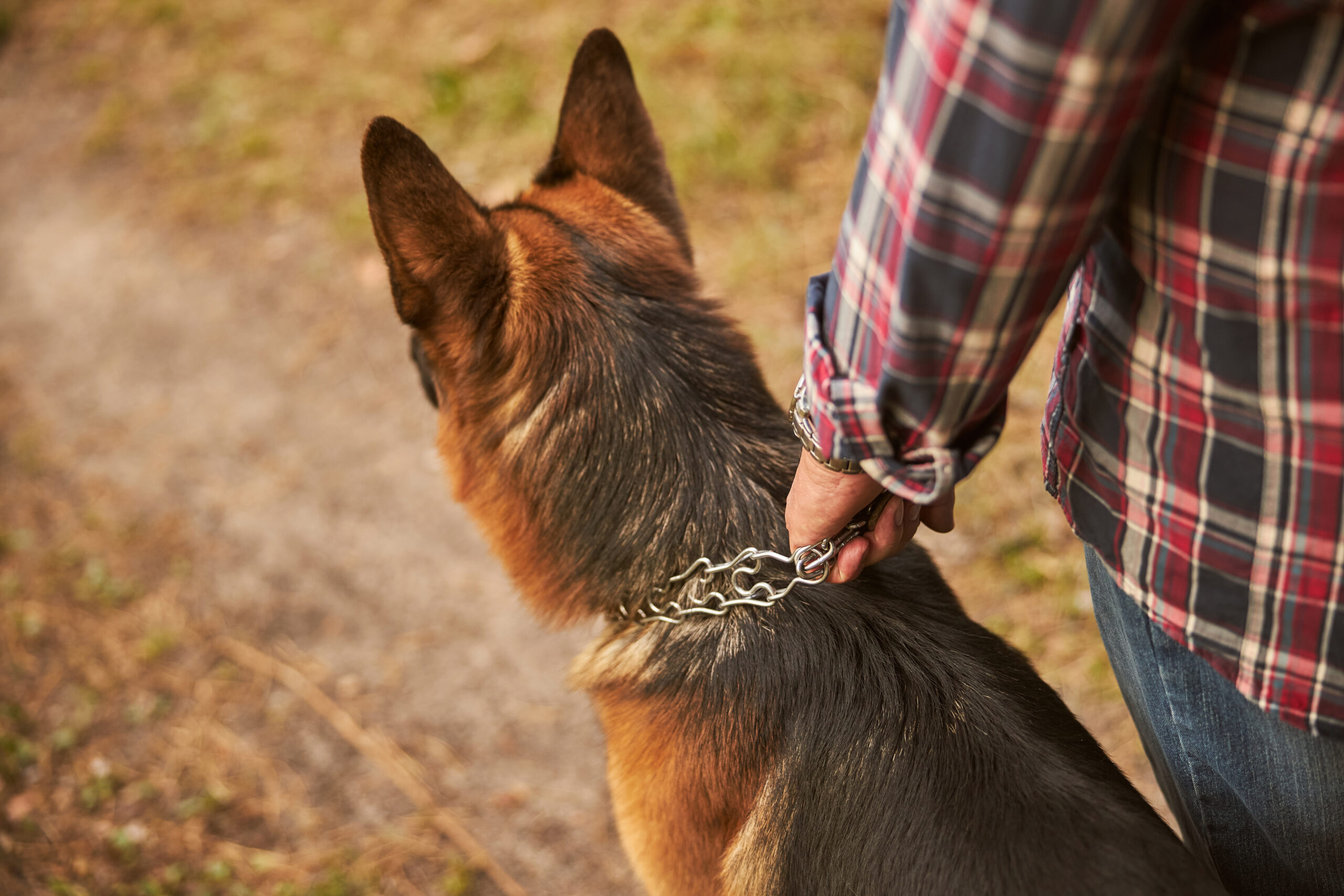
Are Electric Dog Training Collars Safe?
Training tools for dogs often spark debate, and few stir as much discussion as the e-collar. Some people see it
GET YOUR DOG COLLAR TODAY! FREE SHIPPING FOR A LIMITED TIME!

E-collar training often stirs strong opinions, largely due to misconceptions. But when used correctly, e-collars are valuable tools, not punishment devices. They provide structured, low-level stimulation to support communication, enhance off-leash reliability, and promote safe exploration in dynamic environments.
Here the team from Pet Sensor has collected this in-depth guide on when to start e-collar training to make it easy for your pet and clear up any misconceptions.
E-Collar Training Overview
E-collars are not shock devices meant to punish. Modern e-collars deliver adjustable, low-level stimulation designed to gently gain the dog’s attention, similar to a tap on the shoulder. When applied correctly, they align with humane training practices and support positive outcomes.
Proper use starts with a gradual introduction. Before incorporating the e-collar, ensure the dog is comfortable wearing it. Fit should be snug but not restrictive. Monitor your dog closely to gauge reactions and make necessary adjustments. Abrupt or careless use can create confusion or stress, so consistent, calm application is essential.
When to Start E-Collar Training
Start e-collar training once your dog has a solid grasp of basic obedience. The tool becomes particularly useful for reinforcing commands in high-distraction settings—like parks or public spaces—where off-leash control is critical. It enhances the dog’s responsiveness and builds the handler’s confidence in managing real-world challenges.
E-collars provide a safety net during adventures in nature. Whether hiking, camping, or visiting wide-open spaces, the collar allows your dog the freedom to explore while maintaining effective communication. This balance promotes safety and enjoyment for both the dog and the owner.
Introducing E-Collar Training: Step-by-Step
Before introducing the e-collar, your dog should reliably respond to basic commands:
Teach Leash Pressure First
Leash pressure exercises help your dog understand directional cues and body language. Before using the e-collar, ensure your dog reliably yields to gentle leash guidance. This establishes the communication framework needed to interpret the mild stimulation from the e-collar later on.
Patience, Consistency, and Attitude Matter
Effective e-collar training doesn’t happen overnight. It requires a consistent, patient approach. Your attitude (calm, clear, and positive) plays a major role in your dog’s learning experience.
Contact us for e-collar training and boundary control support!
If you’re unsure when to start e-collar training or how to implement it, consult a certified dog trainer. Professional guidance ensures safe, productive sessions. Supplement your training with reliable resources, books, videos, and workshops, to continue building your skills and confidence.
E-collars, when used thoughtfully, enhance your communication with your dog and provide greater freedom without sacrificing control. With the right preparation and guidance, e-collar training becomes an empowering tool in any handler’s toolkit.
Learn more by contacting us online today.

Training tools for dogs often spark debate, and few stir as much discussion as the e-collar. Some people see it

Training a stubborn dog can test even the most patient owner. Whether it’s a young dog ignoring boundaries within your